
[Absolut Repair Molecular] Deep molecular repairing pre-treatment for damaged hair.
A pre-shampoo spray that visibly strengthens damaged hair with peptide bonder and amino acids. Transforms hair’s appearance in one use.

A pre-shampoo spray that visibly strengthens damaged hair with peptide bonder and amino acids. Transforms hair’s appearance in one use.

Repairs and strengthens dry and damaged hair for up to 86% smoother results.
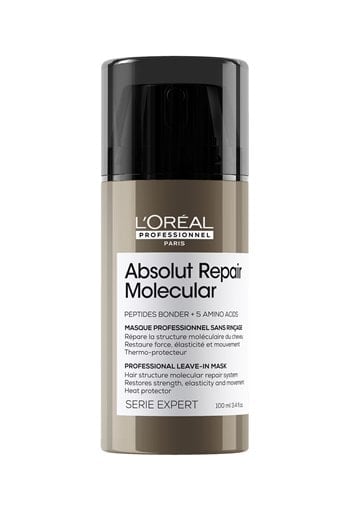
Repairs & protects hair. Heat protection up to 230°C.
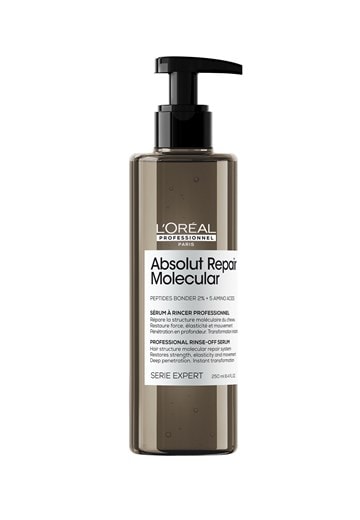
Repairs hair's molecular structure and strengthens damaged hair from the inside out.
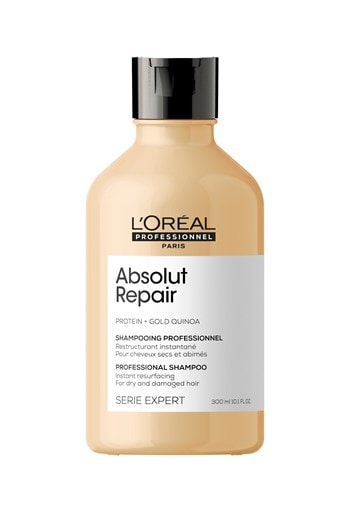
Immediately cleanses and restructures damaged hair.

Immediately cleanses and restructures damaged hair.
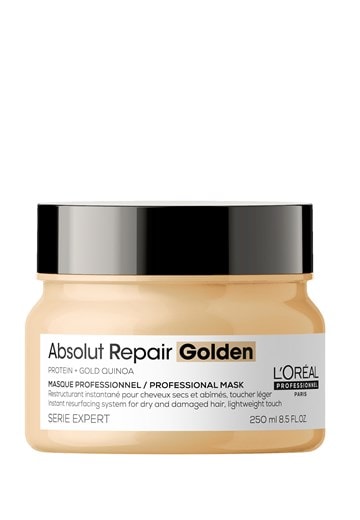
Immediately cleanses and restructures damaged hair.
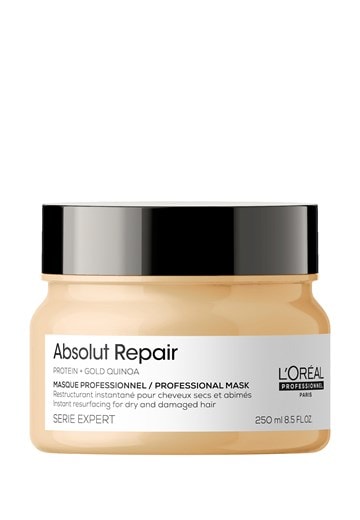
Immediately cleanses and restructures damaged hair.

Immediately cleanses and restructures damaged hair.